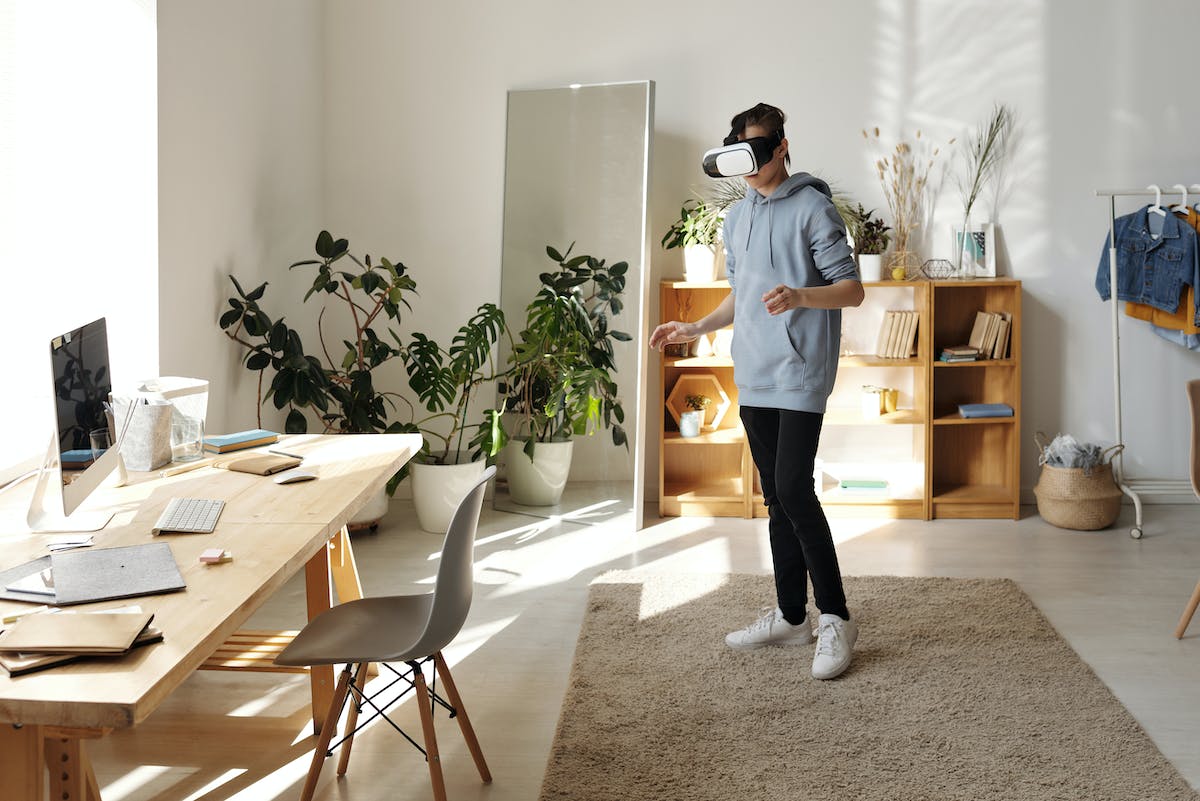In Los Altos, a city known for its luxurious homes and innovative spirit, Virtual Reality (VR) technology is revolutionizing the field of interior design. This advanced tool is enabling homeowners, designers, and architects to design and experience interior spaces interactively, long before construction or renovation begins. The use of VR in interior design is transforming the traditional process, offering a new dimension of creativity, precision, and client involvement.
Transformative Use of VR in Interior Design
VR technology allows for the creation of immersive, 3D virtual environments that replicate the interior of a home. Users can virtually walk through these spaces, experiencing the layout, materials, lighting, and furniture arrangements in real-time. This interactive approach provides a vivid understanding of how design choices will look and feel, making it an invaluable tool for both designers and homeowners.
Enhanced Visualization and Decision Making
The primary advantage of utilizing VR in interior design is the enhanced visualization it offers. Traditional methods of interior design presentation, such as sketches or digital renders, provide only a static view of the space. VR, however, allows individuals to experience the space as if they were physically present, offering a 360-degree view of the interior. This immersive experience helps in making more informed decisions about design elements, from the color of the walls to the placement of furniture.
Real-time Customization and Flexibility
One of the most exciting features of VR technology is the ability to modify design elements in real-time. Homeowners can experiment with different color schemes, materials, furniture styles, and layouts with the click of a button. This flexibility not only enhances the creative process but also significantly reduces the time and costs associated with traditional sample-based decision-making.
Improving Communication and Satisfaction
VR technology facilitates better communication between homeowners and interior designers. By exploring design options together in a virtual space, both parties can easily convey their ideas and preferences, leading to more accurate and satisfactory design outcomes. This collaborative process ensures that the final interior design aligns closely with the homeowner’s vision, enhancing overall satisfaction.
Sustainability and Efficiency
Beyond the aesthetic and functional benefits, VR in interior design also promotes sustainability and efficiency. By finalizing design decisions virtually, the need for physical samples and prototypes is minimized, reducing waste. Furthermore, VR can help identify potential design or functionality issues early in the process, avoiding costly adjustments during or after construction.
Conclusion
The utilization of VR technology in interior design is bringing Los Altos homes to life in ways previously unimaginable. This innovative approach not only enhances the design and decision-making process but also offers a more sustainable, efficient, and satisfying experience for homeowners and designers alike. As VR technology continues to advance, its role in interior design is set to become even more integral, further transforming how we envision and create our living spaces.






